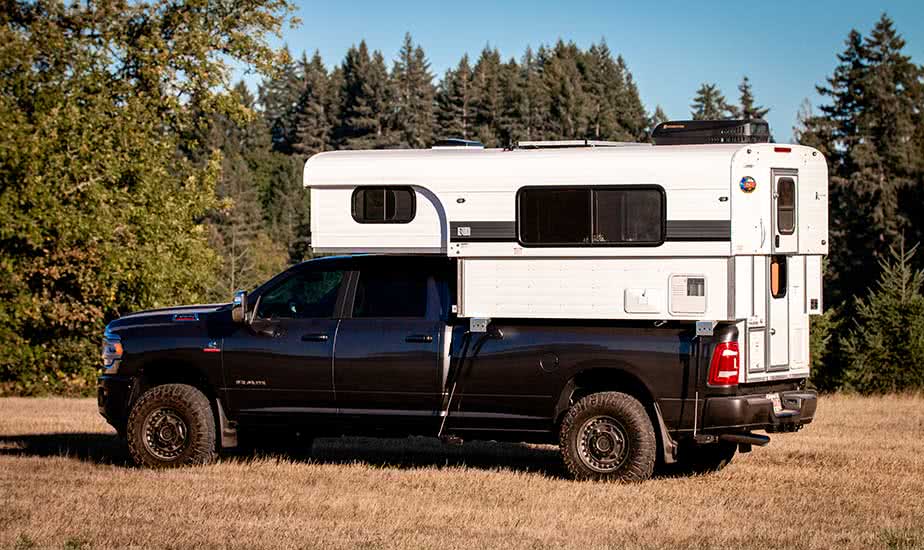tacollie
Glamper
This is a good point. I've done Scofield in smaller vehicles and I know I could do it in my F250 with the camper. I don't do it in the F250 because it is rude to everyone else in the trail imo. At a certain point it's better to tow a smaller vehicle or rent one. Just my .02For me, roads like Scofield Pass (which often have disclaimers like "expert 4x4 only" on maps) are narrow with obstacles and big dropoffs immediatley to the side of the road. It may be fine if you know you're the only one on the road, but the problem (for me) is encountering oncoming vehicles. The bigger your vehicle is (or the other person's) the less likely you'll be able to pass each other. So one of you needs to back up until you get to a wide enough part of the road to safely pass. That can be a hair raising experience on a road like that.
That may be a good option for 84FLH.






